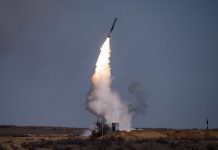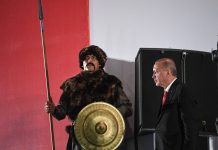France has informed Germany that it wants to take 80 percent of the workshare in the joint French-German-Spanish FCAS (Future Combat Air System) program, raising concerns about the future of the sixth-generation fighter consortium.
The joint collaborative effort for the NGF (Next Generation Fighter) is already running woefully behind schedule and is unlikely to meet the 2045 deadline.
The project, with an estimated value of more than 100 billion euros (approximately USD 116.85 billion), has also been marred by infighting over intellectual property rights between France and Germany, as well as disputes within their respective national industries.
Reflecting the growing unease over delays, France’s Dassault Aviation has called for taking 80% of the workshare, a German defense publication, Hartpunkt, reported.
The report further said that Dassault believes it possesses the technical expertise and capability to design the FCAS.
Meanwhile, Reuters quoted German lawmaker Christoph Schmid from the Social Democratic Party (SPD), who said it would be the last “nail in the coffin” for the project if the French press forward with their demand.
Incidentally, the reports of Dassault demanding 80% of the workshare come ahead of the crucial bids for the project’s Phase 2, which involves building and flying a demonstrator aircraft.
Not surprisingly, the French media is backing and empathizing with Dassault’s demands.
French defense platform Meta Defense suggested that while Spain and Germany could tolerate a possible deadline slippage by relying on the Typhoon, or even the F-35, France had no room for maneuver, as its Rafale fighters are scheduled to retire by 2040-2045.
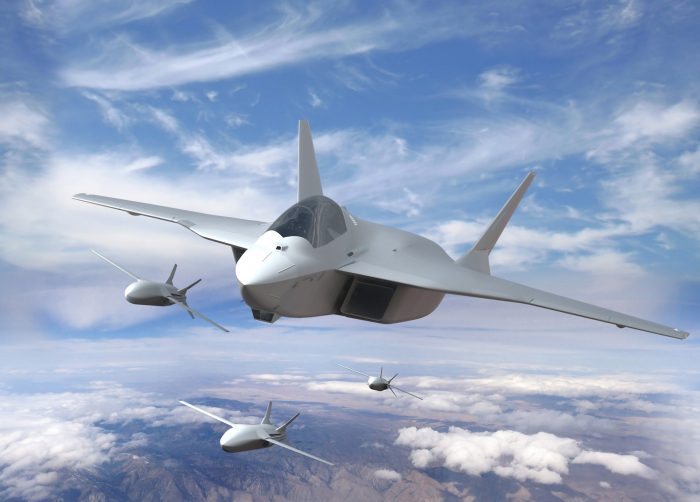
It suggested that to meet the deadlines, Dassault, a company with decades of experience in designing end-to-end fighter jets, should be given more workshare.
Expressing doubts over the future of the FCAS, the report noted that the year 2025 appears to be a decisive turning point.
“Either the three partners manage to fundamentally restructure the industrial organization of the program, to preserve the commissioning deadline demanded by France, or the SCAF (FCAS) program will implode, victim of the contradictions it has carried within it since its inception,” the report said.
Similarly, another French media outlet, OpexNews, recalled the success of the European nEUROn drone program, where there was a “clear framework” of delegating “tasks based on each partner’s expertise.”
However, in the FCAS, OpexNews warned, there was “no clear leader and no stable schedule.”
Notwithstanding the cover fire Dassault is receiving from the French government and the French media platforms, industrial rivalry is at the heart of the conflict.
Dassault, with required expertise and decades of experience in designing end-to-end fighter jets, with little to no outside collaboration, is reluctant to cede space to German and Spanish defense majors.
However, such an attitude is only to be expected from Dassault. In fact, France’s European partners should have known better, as Paris has a history of entering collaborative fighter jet development programs and then quitting them after demanding a majority workshare in those projects.
France has been an unreliable partner when it comes to joint fighter jet development programs.
Paris had a successful partnership with the UK in the development of SEPECAT Jaguar Fighter Jets and Concorde; however, since then, France has been an extremely unreliable partner in this regard.
In the past, Paris has already quit not one but two European joint fighter jet development programs: Panavia Tornado & Eurofighter Typhoon. Incidentally, on both occasions, the reasons given by France sounded remarkably similar to the excuses advanced by Paris in 2025.
Panavia Tornado & France
In 1965, Great Britain and France decided to collaborate on the development of a modern fighter aircraft with variable wing geometry. The aircraft was initially named the Anglo-French Variable Geometry (AFVG) project.
However, as France withdrew in July 1967, Great Britain was forced to seek new international partners to realize the project.
In 1969, three nations—Germany, Great Britain, and Italy—decided to create a dedicated company, Panavia Aircraft GmbH. The first official flight of the P-01 was recorded on August 14, 1974.
Meanwhile, France decided to pursue the Dassault Mirage G. Incidentally, France was working on an experimental Mirage G aircraft with a single Pratt & Whitney/Snecma TF 306 turbofan engine even as it signed the contract with the UK for the joint AFVG project. Manufacturing work on the prototype began in January 1966.
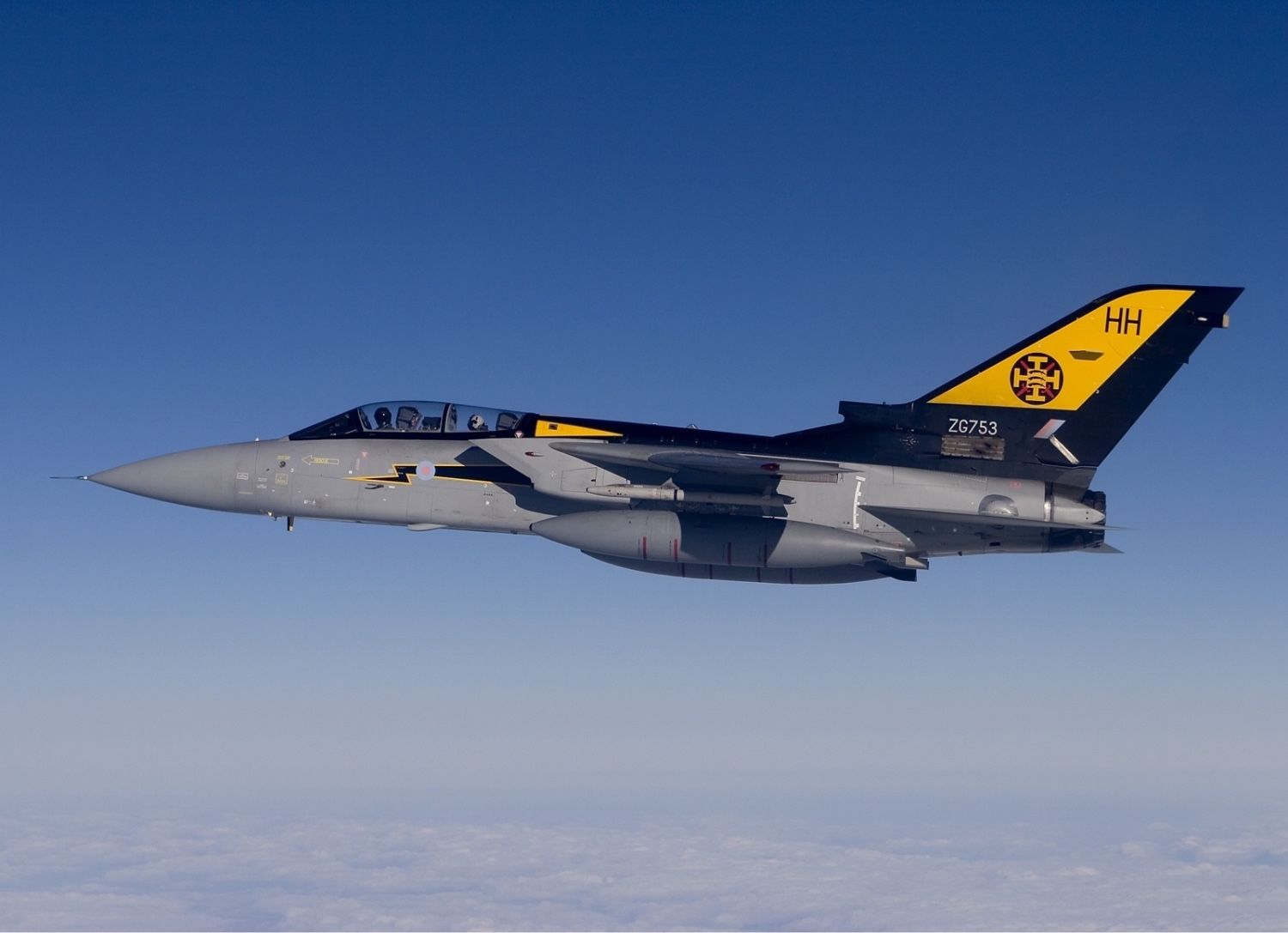
Both Tornado and Mirage G shared many key design features. Both aircraft featured variable-geometry wings (swing wings). Both were designed with multirole potential and were capable of reaching supersonic speeds.
However, even without France, the Tornado proved a hugely successful combat aircraft.
The Panavia Tornado formed the backbone of the RAF for nearly 40 years. Originally designed during the Cold War to carry nuclear weapons, the Tornado served in Iraq, Afghanistan, and Libya, fielding laser-guided strategic weapons.
The same story repeated itself in Eurofighter Typhoon.
Eurofighter Typhoon & France
In the 1980s, Europe followed the Tornado with the Eurofighter, a collaborative effort among Britain, Germany, Italy, and Spain.
France was offered a position in this multinational program, but it felt it should have had a near-dominant role: It demanded a 46 percent share in the Eurofighter, which would have left the other four countries with just 54 percent.
France left the Eurofighter program in 1985 due to disagreements over design requirements, workshare arrangements, and strategic priorities.
Another sticking point was that France insisted on a fighter jet with maritime capabilities suitable for aircraft carrier operations. Other consortium members—the UK, Germany, Italy, and Spain—were less interested in this feature, as their Air Forces primarily focused on land-based operations, resulting in a fundamental clash in design goals.
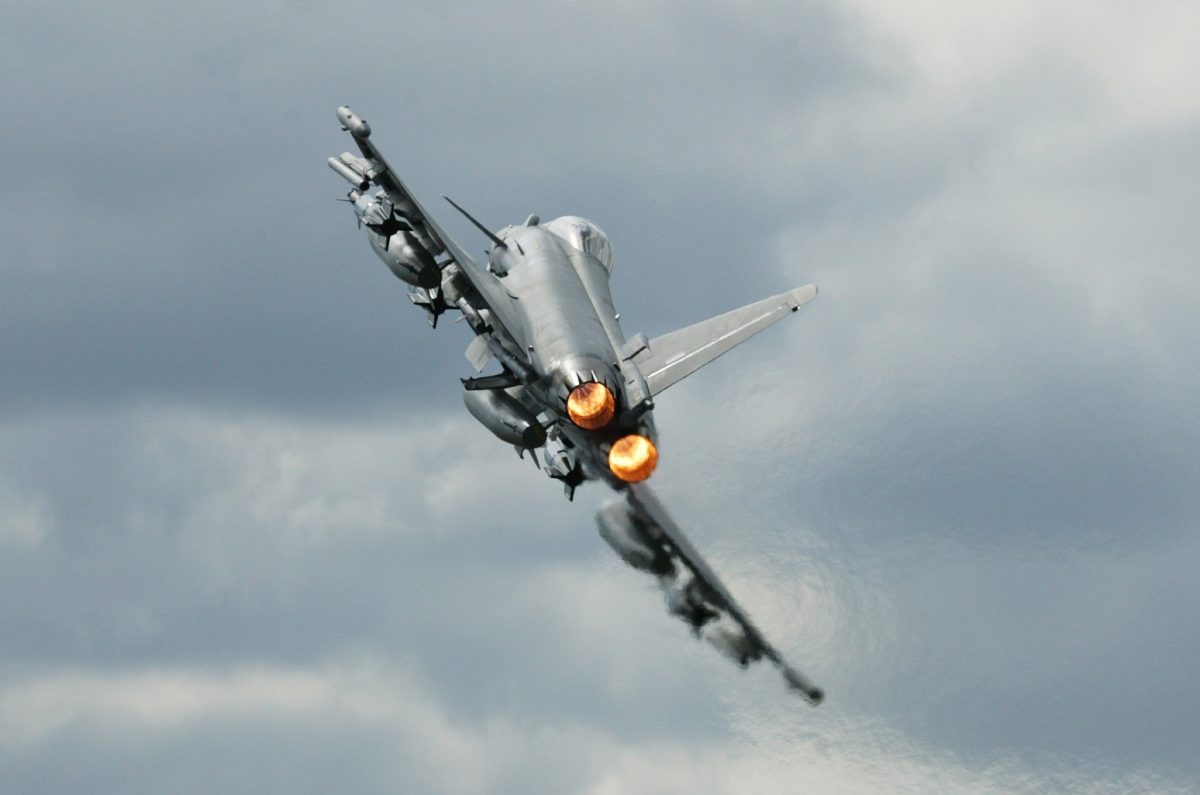
After quitting the Eurofighter, France decided to focus on developing the Rafale. Notably, the Rafale is a completely French aircraft, with all its components, including engines, radars, and sensors, produced within France.
France’s decision to go solo proved hugely successful. After struggling for export orders in its first decades, Rafale has received over 200 export orders in the last decade.
Notably, France has also accepted Rafale export orders from countries such as Egypt, Serbia, and the UAE. Egypt has ordered 54 Rafale jets, Serbia has ordered 12 Rafales, and the UAE has ordered 80 Rafales.
Had France not gone solo, it is doubtful that Paris could have met these export orders, as in the case of the Eurofighter Typhoon, Paris would have needed Germany’s consent for every single export order, and Berlin follows a stringent human rights oversight policy before exporting arms to any country.
Due to this strict German policy, the UK, Italy, and Spain were unable to export Typhoons to Saudi Arabia for many years. However, Berlin lifted its objection last year.
Berlin has blocked the sale of numerous products from the European multinational Airbus, including the A330 MRTT refueling tanker, the C-295 military transport, and the H145 helicopter, to Saudi Arabia, among other destinations.
In 2019, then-Airbus CEO Thomas Enders told Reuters: “It has been driving us crazy at Airbus for years that when there is even just a tiny German part involved in, for example, helicopters, the German side gives itself the right to, for example, block the sale of a French helicopter.”
Not Nuclear Or TNT, China’s H-Bomb May Spark Global Firestorm; Here’s Why It’s Much More Destructive
Furthermore, France was also able to develop a naval variant of the Rafale for its aircraft carrier.
In retrospect, it appears that France’s decision to go solo on Rafale proved correct for France.
It won’t be surprising if, given its historical precedent, France once again leaves FCAS midway to develop its own national fighter jet.
- Sumit Ahlawat has over a decade of experience in news media. He has worked with Press Trust of India, Times Now, Zee News, Economic Times, and Microsoft News. He holds a Master’s Degree in International Media and Modern History from the University of Sheffield, UK.
- VIEWS PERSONAL OF THE AUTHOR.
- He can be reached at ahlawat.sumit85 (at) gmail.com

